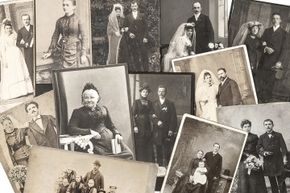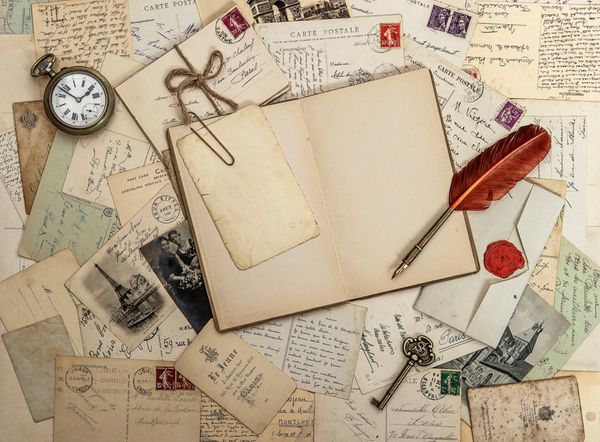There aren't too many people who can claim a complete family tree going back five generations. Sure, there are those who have accomplished the feat (through a combination of blood, sweat, tears, endless library hours and genealogical tests), but it's safe to say that most of us still have missing leaves and branches — unidentified family members we'd like to identify. You might have a few scraps of evidence about an empty spot on the tree — maybe a name or birthplace — but no concrete information or verification. You might not even be sure the person is still alive. So how do you go about finding these unknown relatives?
These days the first step in any genealogy hunt, especially if you know your unknown relative is still alive and kicking, should be to take a direct-to-consumer genetic test. Genome-wide genetic testing — which analyzes 500,000 DNA positions — became available to consumers in 2007, and it's been a game-changer for amateur genealogists [source: Mountain]. If you get the basic package from one of the larger online testing companies, they'll compare your genetic data to that of everyone in their database — and some of them have hundreds of thousands. If you turn out to be a relative of any of the other customers, you'll be able to contact them, share information and link family trees on the site. So you could be matched up immediately with that long-lost third cousin or even fill in all your family-tree holes in one fell swoop.
Advertisement
If you have an inkling of who this unknown relative might be, you can hit pay dirt with an even newer testing method, introduced in 2009 [source: Mountain]. This kind of test compares the DNA of two people and can determine their exact genetic relationship (or lack thereof). Say you think your maternal great-great-great-grandfather might have been Al Smith, and you know that a guy named Ed Jones is a descendant of Al Smith. If you can persuade Ed to take a DNA test and the results show that you're related, this could prove your hunch — and you can add Al and Ed to your family tree.
The big catch to this kind of test, of course, is that you're out of luck if you don't have a verified relative with whom to compare yourself. If you strike out with genealogical testing, have no idea who you're looking for or you're going back generations to find someone who's long dead, you'll have to go back to good old-fashioned research. Don't get us wrong — you'll still be on the Internet, not necessarily digging through the physical archives in far-flung libraries, but it won't be as easy as being automatically linked with relatives after mailing in a cheek swab. The DNA-test information you do have is a great starting point, though. So get going — join Facebook genealogy groups, ask questions in online forums and research, research, research. There's no telling who you'll find.
Advertisement



